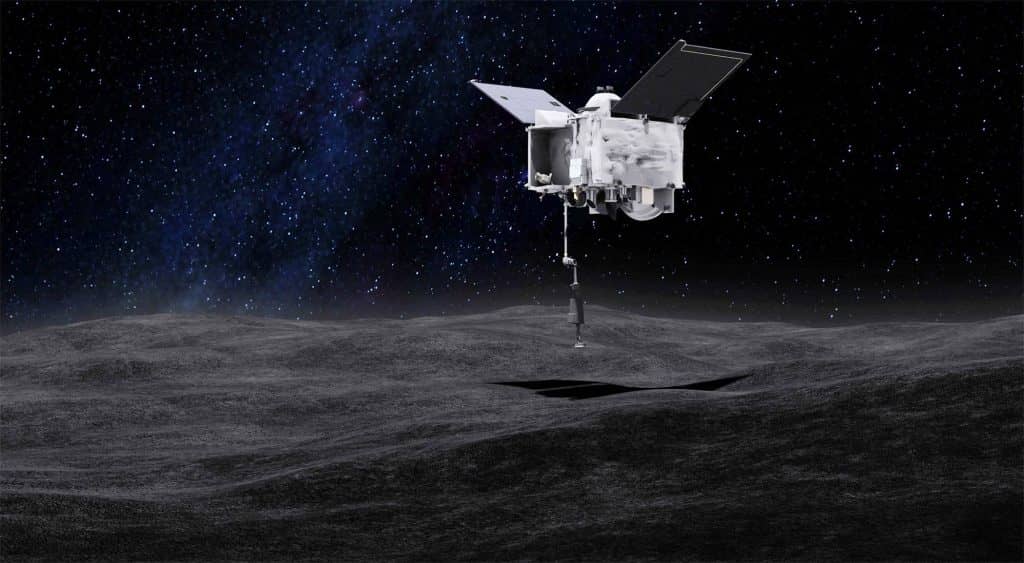Steam-powered modes of transportation do sound something like a relic from the 19th century. However, a company is determined to bring technology to the 21st century. The space startup Honeybee Robotics is collaborating with a team of researchers from the University of Central Florida for creating a spacecraft; World Is Not Enough, that will be able to travel between the Solar System indefinitely by making use of steam power.
The idea may seem unusual, but the fact remains that it does make a lot of sense. The largest limiting factor that determines how long a spacecraft is able to operate is generally the quantity of fuel on board. Otherwise, even successful spacecraft such as Dawn and Cassini have to end their missions. This becomes quite frustrating for the scientists who know for a fact that the spaceship and its parts are fully functional and can work for many years if only the spacecraft had more fuel to burn.
The ingenuity behind a steam-powered spacecraft is that it will be able to extract the fuel from the places that it will be visiting. Water is present everywhere in the Solar System; almost every rock possesses some, and it won’t be much of a hassle to harvest it via spacecraft. Once the water is harvested, it will be heated into steam and then ejected from the back of the spacecraft like a propellant.
Honeybee Robotics has created the World Is Not Enough prototype that will be used to test the feasibility of this spacecraft that can travel forever. The World Is Not Enough prototype was tested at a facility located at the University of Central Florida at the end of December 2018. It performed on a mock-up asteroid surface and cleared the test with soaring colors.
The UCF planetary scientist Phil Metzger said, ‘It’s awesome. [The prototype] successfully mined the soil, made rocket propellant, and launched itself on a jet of steam extracted from the simulant. We could potentially use this technology to hop on the Moon, Ceres, Europa, Titan, Pluto, the poles of Mercury, asteroids—anywhere there is water and sufficiently low gravity.’
The prototype is still in the early stages of testing, and there is still no word about when or if it will be able actually to perform in space. However, the World Is Not Enough prototype has already garnered funding from NASA and is actively looking for more investors.

